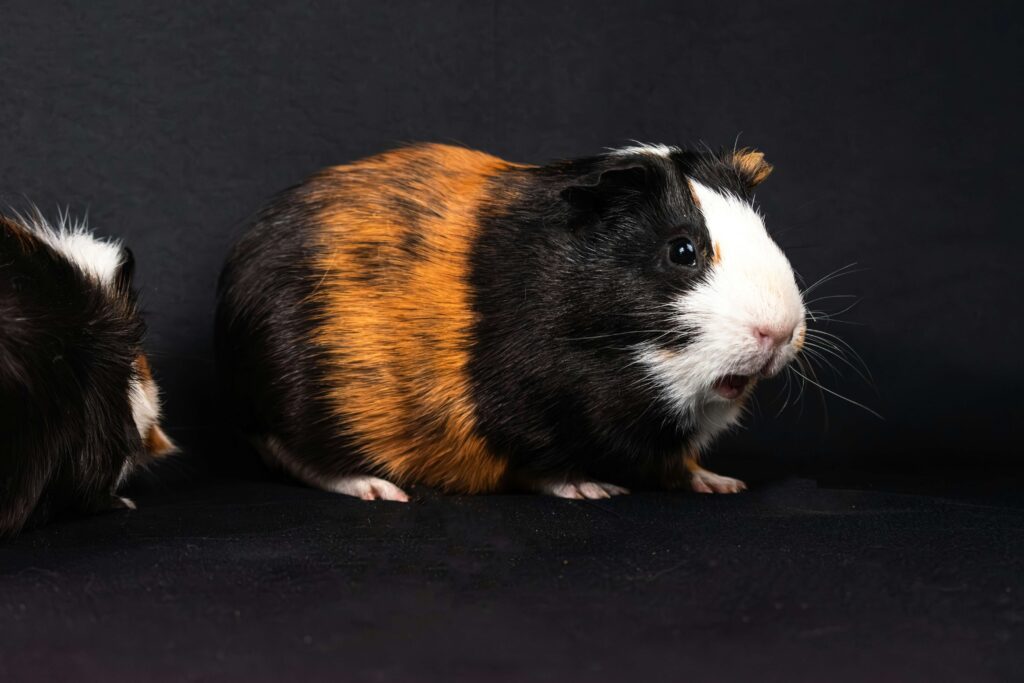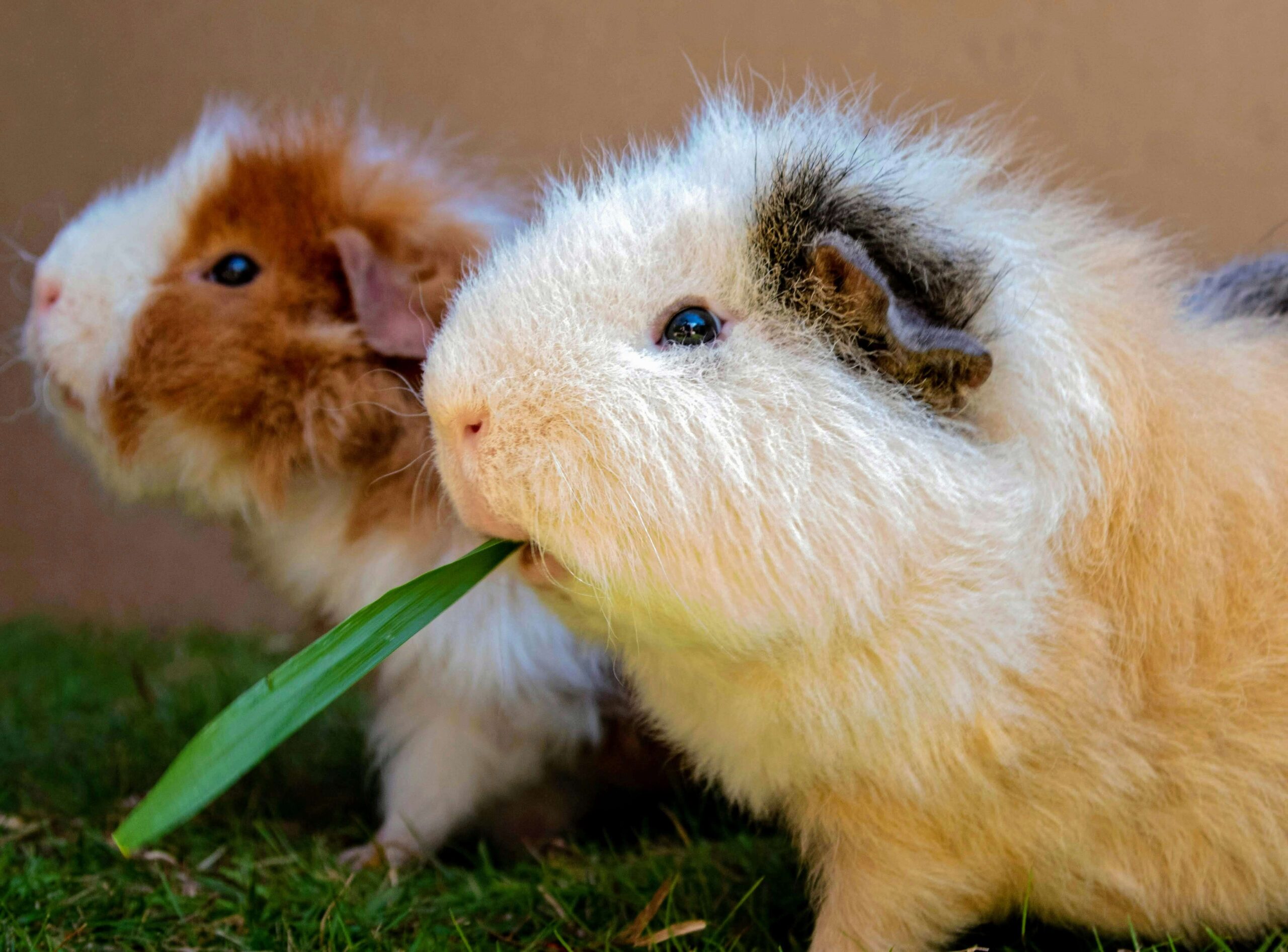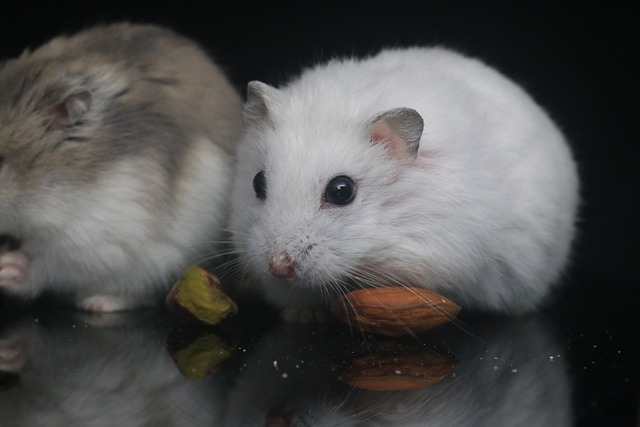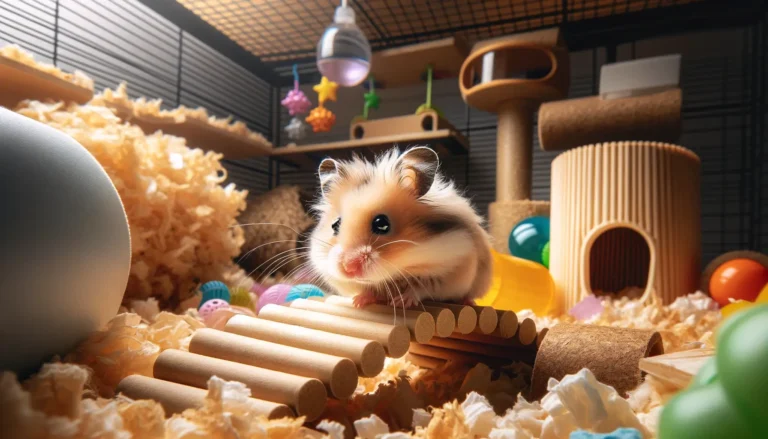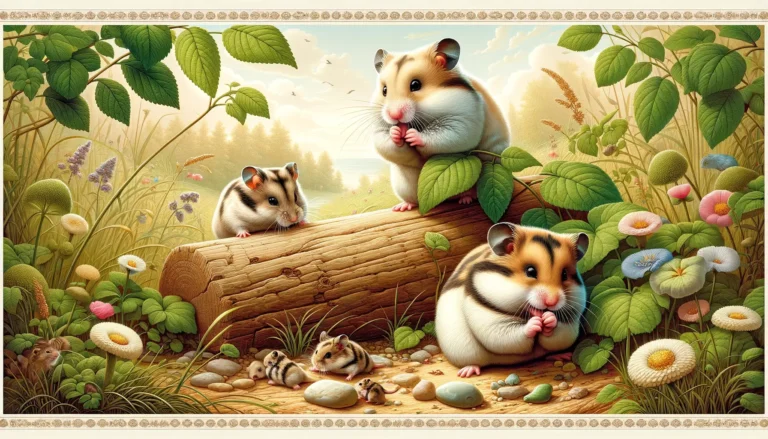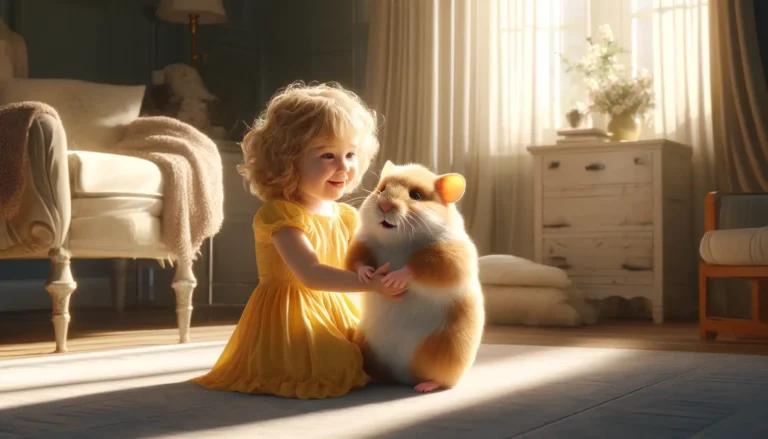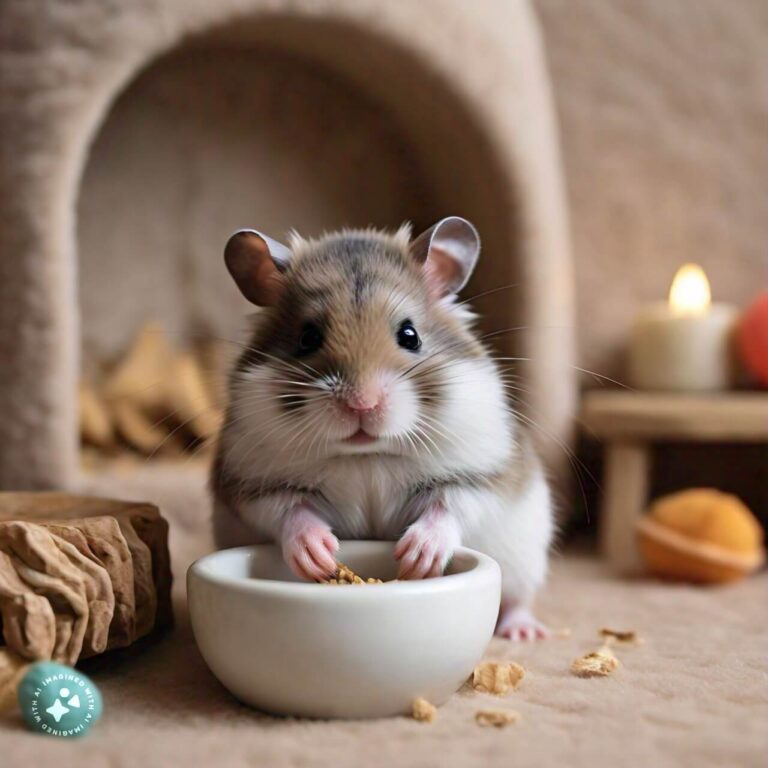Characteristics Of Hamsters – Hamsters.pk
Adorable and Compact: Unveiling the Endearing Characteristics of Hamsters
Introduction
Hamsters, with their petite size and charming demeanor, have long been cherished as beloved pets around the world. These tiny rodents are not only cute but also possess a plethora of endearing characteristics that make them popular companions among pet enthusiasts. Let’s delve into the captivating world of hamsters and uncover the traits that make them truly special.
Irresistible Appearance
One of the first things that captivate people about hamsters is their adorable appearance. With their round bodies, fluffy fur, and tiny paws, hamsters exude an undeniable charm that instantly melts hearts. Their large, expressive eyes add to their appeal, making them utterly irresistible to pet lovers of all ages.
Playful Nature
Despite their small size, hamsters are incredibly playful creatures. They love to explore their surroundings, often darting around their habitat with boundless energy. Whether they’re scampering through tunnels, climbing obstacles, or spinning on exercise wheels, hamsters are always on the go, keeping their owners entertained with their antics.
Social Creatures
Contrary to popular belief, hamsters are not solitary animals. While they may enjoy some alone time in their nests, they also crave social interaction with their human companions. With gentle handling and proper socialization, hamsters can form strong bonds with their owners, eagerly seeking out attention and affection.
Curious Minds
Hamsters are naturally curious creatures, constantly exploring their environment and investigating new sights and smells. Their inquisitive nature makes them delightful pets to observe as they sniff, nibble, and investigate every nook and cranny of their habitat. Providing them with enrichment activities such as tunnels, chew toys, and hiding spots can help satisfy their innate curiosity and keep them mentally stimulated.
Gentle Disposition
Despite their small stature, hamsters possess a gentle disposition, making them suitable pets for families with children. With proper handling and care, hamsters can learn to trust their owners and enjoy gentle interaction. However, it’s essential to teach children how to handle hamsters with care to avoid accidental injuries and ensure a positive experience for both the pet and the child.
Low Maintenance
Hamsters are relatively low maintenance pets, making them ideal for busy individuals or first-time pet owners. With a suitable habitat, a balanced diet, and regular cleaning, hamsters can thrive in captivity with minimal effort. Their compact size also means that they don’t require as much space as larger pets, making them well-suited for apartment living or smaller homes.
Conclusion
In conclusion, hamsters are truly remarkable creatures with a host of endearing characteristics that make them cherished companions for pet enthusiasts worldwide. From their adorable appearance to their playful nature and gentle disposition, hamsters have a special place in the hearts of pet lovers everywhere. By providing them with love, care, and attention, hamster owners can enjoy a rewarding and fulfilling relationship with these delightful little creatures.
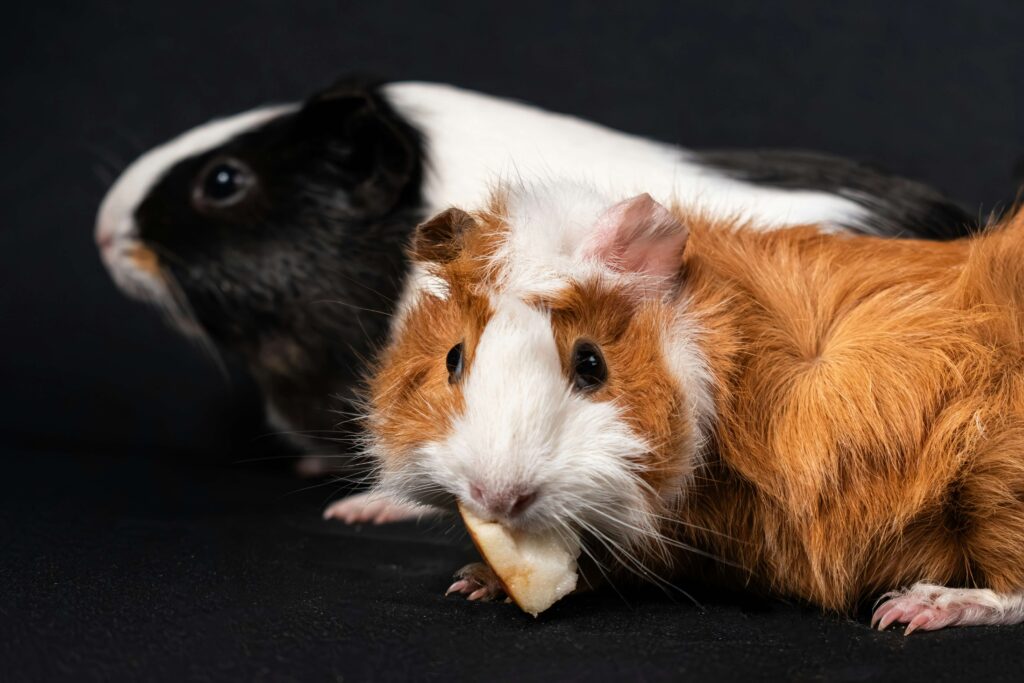
Exploring the Quirky Traits: Understanding the Unique Characteristics of Hamsters
Hamsters are beloved pets cherished for their tiny size, fluffy appearance, and entertaining antics. However, beyond their adorable exterior lies a world of intriguing traits that make them unique among small mammals. From their nocturnal habits to their diverse personalities, hamsters possess a range of characteristics that set them apart. Let’s delve into the fascinating world of hamster traits to gain a deeper understanding of these charming creatures.
Nocturnal Nature: Unveiling the Nighttime Habits
One of the most distinctive characteristics of hamsters is their nocturnal behavior. Unlike humans, who are active during the day and sleep at night, hamsters are primarily nocturnal animals. This means they are most active during the evening and night, exhibiting behaviors such as running on their exercise wheel, scavenging for food, and engaging in social interactions with cage mates.
Solitary Creatures: Embracing Independence
Hamsters are solitary creatures by nature, preferring to live alone in the wild. This solitary behavior stems from their territorial instincts and the need to establish their own space for nesting and foraging. While hamsters can coexist peacefully with humans and other pets, they typically prefer to have their own territory within their enclosure.
Cheek Pouches: Ingenious Storage Solution
One of the most fascinating characteristics of hamsters is their ability to store food in their cheek pouches. These expandable pouches, located on both sides of their mouths, allow hamsters to transport large quantities of food back to their nests for later consumption. This adaptation is particularly useful in the wild, where hamsters must gather and hoard food to survive during periods of scarcity.
Hibernation: Surviving the Cold
In response to changes in temperature and daylight, some species of hamsters have the ability to enter a state of hibernation. During hibernation, their metabolic rate decreases significantly, allowing them to conserve energy and survive harsh winter conditions. However, not all hamster species hibernate, and the likelihood of hibernation depends on factors such as habitat and environmental conditions.
Vocalizations: Communicating Through Sound
While hamsters are not as vocal as some other pets, they do communicate with each other and their human caregivers through a variety of sounds. These vocalizations can range from gentle squeaks and chirps to more assertive hisses and squeals, each conveying different emotions and intentions. By paying attention to these subtle cues, hamster owners can better understand their pets’ needs and preferences.
Burrowing Behavior: Creating Safe Havens
In the wild, hamsters are skilled burrowers, using their sharp claws and teeth to dig elaborate tunnels underground. This burrowing behavior serves multiple purposes, including providing shelter from predators, regulating body temperature, and creating a secure nesting environment. Even in captivity, hamsters exhibit this instinctual behavior, often digging tunnels and creating cozy nests from bedding material in their cages.
Variety of Species: Exploring Diversity
Hamsters belong to the rodent family Cricetidae and encompass several species, each with its own unique characteristics and traits. The most commonly kept pet hamster species include the Syrian hamster, Dwarf hamster, and Roborovski hamster, each distinguished by differences in size, coat color, temperament, and care requirements. Understanding the specific characteristics of each species is essential for providing proper care and enrichment for pet hamsters.
Conclusion
In conclusion, hamsters possess a multitude of unique characteristics that make them fascinating and endearing pets. From their nocturnal habits and solitary nature to their ingenious adaptations for survival, hamsters continue to captivate animal lovers around the world. By gaining a deeper understanding of these quirky traits, we can better appreciate and care for these charming little creatures in our homes.
Tiny Wonders: Delving into the Fascinating Characteristics of Hamsters
Hamsters, those adorable little creatures with their fluffy cheeks and twitching noses, have captivated the hearts of pet lovers around the world. Despite their small size, these pint-sized rodents possess a plethora of fascinating characteristics that make them truly unique companions. Let’s embark on a journey to uncover the secrets behind the charm of these tiny wonders.
1. Nocturnal Natives
Hamsters are nocturnal creatures, meaning they are most active during the night. This nocturnal behavior is believed to have evolved as a survival mechanism in the wild, allowing them to avoid predators and forage for food under the cover of darkness. As pet owners, this means adjusting to their sleep schedule and providing opportunities for activity during their peak hours of wakefulness.
2. Cheeky Storage Solutions
One of the most endearing traits of hamsters is their cheek pouches. These expandable pouches, located on either side of their face, serve as convenient storage compartments. Hamsters use their pouches to hoard food, which they then transport back to their burrows for later consumption. In the wild, this behavior helps them survive during times of scarcity. Watching a hamster stuff its cheeks full of treats is not only adorable but also showcases their resourcefulness.
3. Territorial Tendencies
Despite their small stature, hamsters can be quite territorial creatures. In the wild, they establish intricate burrow systems that they fiercely defend against intruders. This territorial behavior can also manifest in pet hamsters, especially when housed in cages with limited space. It’s essential for owners to provide ample room for their hamsters to explore and establish their territory, reducing the likelihood of aggression or stress-related behaviors.
4. Master Escapologists
Hamsters have earned a reputation as master escapologists, thanks to their exceptional agility and curiosity. Their compact bodies and sharp claws enable them to squeeze through surprisingly small openings and navigate obstacles with ease. This penchant for exploration means that hamster cages must be secure and escape-proof to prevent any Houdini-like antics. Regularly inspecting cages for potential weak points and ensuring secure closures on doors and openings is essential for keeping these curious critters safe and sound.
5. Solitary Streak
While hamsters may enjoy the occasional playdate under supervision, they are primarily solitary animals. In the wild, they lead solitary lives, venturing out alone in search of food and shelter. This solitary nature extends to pet hamsters as well, and attempts to introduce them to other hamsters can often result in territorial disputes or even injury. Providing each hamster with its own space and resources is crucial for their well-being and happiness.
6. Dental Dynamo
Hamsters have a set of ever-growing incisors that require regular chewing to keep them at a healthy length. This constant gnawing serves a dual purpose—it helps maintain their dental health and allows them to wear down their teeth, which can grow up to 1/16th of an inch per week. Owners should provide their hamsters with chew toys and appropriate materials to gnaw on, such as wooden blocks or untreated cardboard, to prevent dental issues and keep their teeth in tip-top shape.
7. Social Sensitivity
Despite their solitary nature, hamsters are highly sensitive creatures that form strong bonds with their human caregivers. Through consistent and gentle handling, hamsters can become tame and affectionate companions, often displaying signs of recognition and trust towards their owners. Building a positive relationship with your hamster through patience, respect, and gentle interaction can enhance their well-being and enrich both of your lives.
In conclusion, hamsters may be small in size, but they possess a wealth of fascinating characteristics that make them truly remarkable creatures. From their nocturnal habits to their cheeky storage solutions, each aspect of their behavior offers a glimpse into their captivating world. By understanding and appreciating these unique traits, we can forge deeper connections with our furry friends and provide them with the love and care they deserve.
Beyond the Wheel: Unraveling the Intriguing Characteristics of Hamsters
Hamsters, those delightful balls of fur scurrying around in their cages, have captured the hearts of pet lovers worldwide. Beyond their endearing appearances and penchant for exercise wheels, these tiny creatures boast a fascinating array of characteristics that make them unique and captivating companions. Let’s delve deeper into the world of hamsters and uncover the intriguing traits that set them apart.
Nocturnal Nature: The Night Owls of the Pet World
One of the most notable characteristics of hamsters is their nocturnal behavior. Nocturnal, meaning active primarily during the night, hamsters are at their liveliest when the sun goes down. This behavior is an adaptation to their natural habitat, where they would be most active during the cooler, darker hours to avoid predators and conserve energy during the day. As pet owners, understanding and respecting their nocturnal rhythms is essential for providing them with a comfortable and enriching environment.
Instinctive Hoarders: Storing Up for a Rainy Day
Hamsters have a natural instinct to hoard food, a behavior that stems from their wild ancestry. In the wild, hamsters would collect and store food in their burrows to sustain themselves during times of scarcity. Hoarders by nature, pet hamsters will often stuff their cheeks full of food and diligently stash it away in various corners of their cage. This behavior not only provides them with a sense of security but also ensures they have a readily available food supply, showcasing their remarkable survival instincts.
Social Creatures with a Solitary Side
While hamsters are known for their solitary lifestyles, they do possess a degree of sociability. In their natural habitat, hamsters typically live alone, coming together only for mating purposes. However, this doesn’t mean they lack social intelligence. Social creatures to some extent, hamsters can form bonds with their human caregivers and even exhibit signs of affection. Additionally, some species of hamsters, such as dwarf hamsters, may tolerate living in pairs or small groups under the right conditions.
Masters of Escape: Houdinis in Fur
Despite their diminutive size, hamsters are surprisingly adept escape artists. With their agile bodies and sharp claws, they can navigate through seemingly impossible obstacles in their quest for freedom. Masters of escape, hamsters can squeeze through tiny gaps, gnaw through plastic or wire enclosures, and even outsmart makeshift barriers. As responsible pet owners, it’s crucial to ensure their habitats are secure and escape-proof to prevent any adventurous exploits.
Adaptable Survivors: Thriving in Diverse Environments
Hamsters have demonstrated remarkable adaptability, allowing them to thrive in various environments worldwide. From the arid deserts of the Middle East to the lush forests of Europe and Asia, these resilient rodents have successfully colonized diverse habitats. Adaptable survivors, hamsters have evolved physical and behavioral traits that enable them to endure harsh conditions and exploit available resources. As pets, they can adapt well to captivity, provided they are given proper care, enrichment, and a stimulating environment.
Conclusion
In conclusion, hamsters are much more than just cute, fluffy pets spinning on exercise wheels. They possess a fascinating array of characteristics that reflect their evolutionary history and innate instincts. From their nocturnal habits and hoarding tendencies to their social nuances and escape antics, hamsters continue to captivate and enchant pet lovers around the world. Understanding and appreciating these intriguing traits not only deepens our bond with these beloved companions but also enriches our appreciation for the wonders of the animal kingdom.
